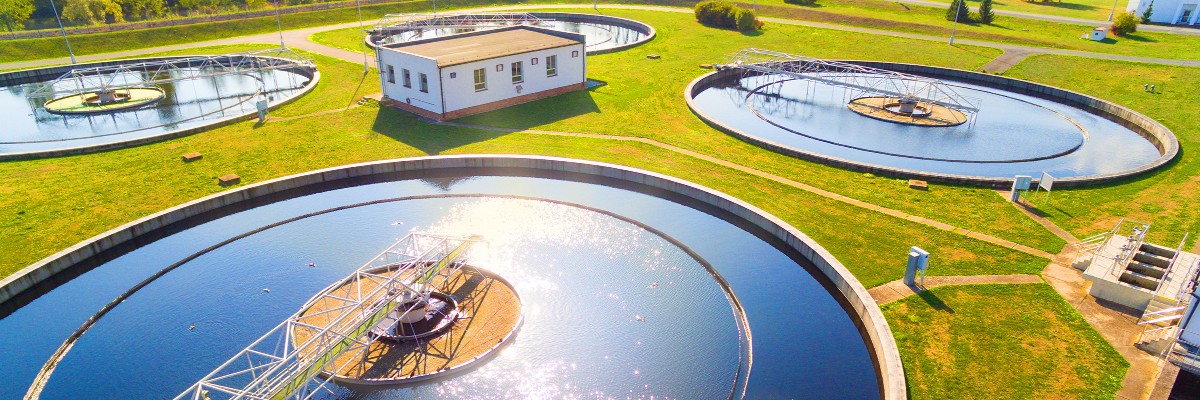Blog
Wastewater Treatment: The Membrane Bioreactor (MBR)

One of the popular variations of the activated sludge process design is the membrane bioreactor (MBR). In this blog, we look at the advantages and disadvantages of a membrane bioreactor.
The membrane bioreactor’s principal design feature is that mixed liquor from the aeration tank passes through a membrane to separate the effluent water from the biomass. That allows the aeration tank to retain very high biomass concentrations and, therefore, higher contaminant removal efficiency.
But before you design or construct a membrane bioreactor, let’s review the advantages and disadvantages of this type of wastewater treatment plant.
Membrane Bioreactor Advantages
The membrane bioreactor has many advantages. For example, they often require a smaller footprint than a conventional activated sludge design.
Another perk is that membrane bioreactor systems maintain a large amount of biomass at long sludge age. The biomass resists any upsets caused by toxicity and slug loading. Plus, the system typically does a good job at handling episodic variation in the concentration of chemicals with stable effluent quality.
Sludge production in a membrane bioreactor is usually lower than in conventional systems, which can reduce biomass disposal costs. Also, a secondary clarifier isn’t used in order to avoid problems with dispersed floc and filamentous bulking.
However, the membrane bioreactor design isn’t perfect. It’s important to know the disadvantages of a membrane bioreactor system so you can take the proper precautions.
Membrane Bioreactor Disadvantages
A membrane bioreactor may be the right choice for your wastewater treatment plant, but it does need maintenance. First, you must clean the membranes to remove biomass and other particulates that tend to clog the membrane’s pores. This typically requires continuous air sparging to clean the membrane surface, which adds energy cost.
The membrane needs periodic chemical cleaning to maintain adequate permeability. Also, the membranes will suffer abrasion and lower efficiency over time and eventually need replacing.
Remember that the membrane material must be compatible with the wastewater you treat. The membranes are often housed in a separate tank from the aeration basin to allow for chemical cleaning without contaminating the mixed liquor. You can also remove excess biomass from this tank where the concentration of solids is highest.
The amount and type of aeration used to clean the membrane are important for maintaining permeability. You can use the membrane bioreactor systems with anaerobic, aerobic and anoxic process tanks ahead of the membrane to allow multiple metabolic processes in the wastewater treatment.
As with any biological process, it’s critical to maintain the proper microbial composition of the biomass to preserve the performance. Foaming and biomass fouling of the membrane are common problems, so consider teaming up with a wastewater treatment plant expert to ensure your system runs properly.
Conclusion
When determining whether a membrane bioreactor is right for your wastewater treatment plant, consider the advantages and disadvantages. The good news is that you can hire an expert to get your biomass healthy from the get-go and provide maintenance when needed.
Monera Technologies provides expert technical assistance to diagnose and treat the problems occurring in membrane bioreactor systems. Contact us for products and services that treat the root of your wastewater treatment problem.